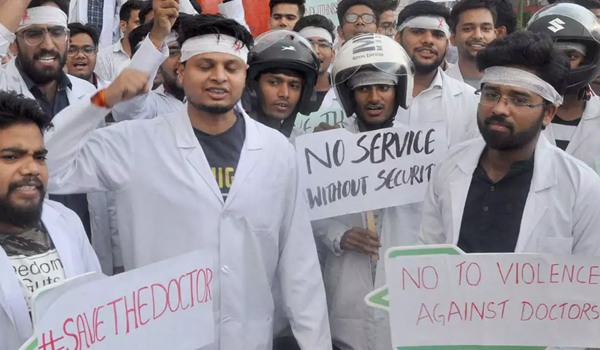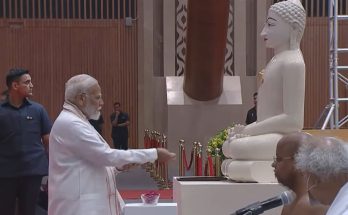By Smithaa Patnaik
The recent strike spearheaded by the junior doctors from West Bengal has a lesson or two for the people who suffer and people who rule over the entire system. The major reason that is visible is the lacking that affects both the sides, the patients and the medical staff.
Neither any doctor, barring few exceptions, nor any patients or their relatives, want an atmosphere of indiscipline, which leads to fights or unrest. There is no room for any violence or strike in a profession like medical service, which is directly linked to lives. Where death and life are separated by a very thin line.
No patient intends to disregard a doctor until and unless the situation forces him to that state. Nor any doctor chooses to underplay the seriousness of a patient’s condition intentionally. Both sides sometimes enter into the area of conflict created by circumstances, which leads to verbal or physical clash. Which is unfortunate anyway.
What has happened in last few days, starting from West Bengal, is bad and the reasons behind such occurrences are although not new but unfortunate.
The basic reasons those seem to be at the root of such happenings are the number games. The ratio of doctors and the patients. There is a gross imbalance unlike in many advanced countries. There are thousands of patients for a doctor.
The WHO has set a target of one doctor for 1,000 patients for India. Many states including West Bengal, Bihar and Odisha lag much behind this ratio. In rural areas of the country, the situation is worse: One doctor has to take care of over 10,000 people.
As regards affordability, majority people depend on government run hospitals where the ratio is increasingly high that brings the treating staff, mainly the junior doctors, nurses and other staffs under tremendous pressure.
And there is a community among the medical staff, which suffers from attitudinal problem. They look at the patients as objects rather than a life. That’s a big problem for this profession, otherwise regarded as a noble one.
There is no foolproof mechanism in place to monitor over the imbalance and manage for a middle path. When a time comes the relatives of patients lose patience and go after the doctors or subordinate staff. There comes into effect a clash between offence and defence which ends up in strikes and so on.
The concerned higher authorities like political leaders or ministers or directors remain literally unconcerned because for them there are corporate hospitals where there is no problem and the upper middle class also now chose the private hospitals if they have money to pay. Where one finds the signage or boards reading so and so per cent for BPL etc but practically that does not happen.
The only solution is the system must wake up to the problems lying at the bottom- staff, infrastructure, technical knowhow and many other aspects which can reduce the imbalance between the demand and service, if not mitigate it.
Else, such happenings shall repeat themselves everywhere, whether it is West Bengal, Bihar or elsewhere.
(Smithaa Patnaik is an educationist)




